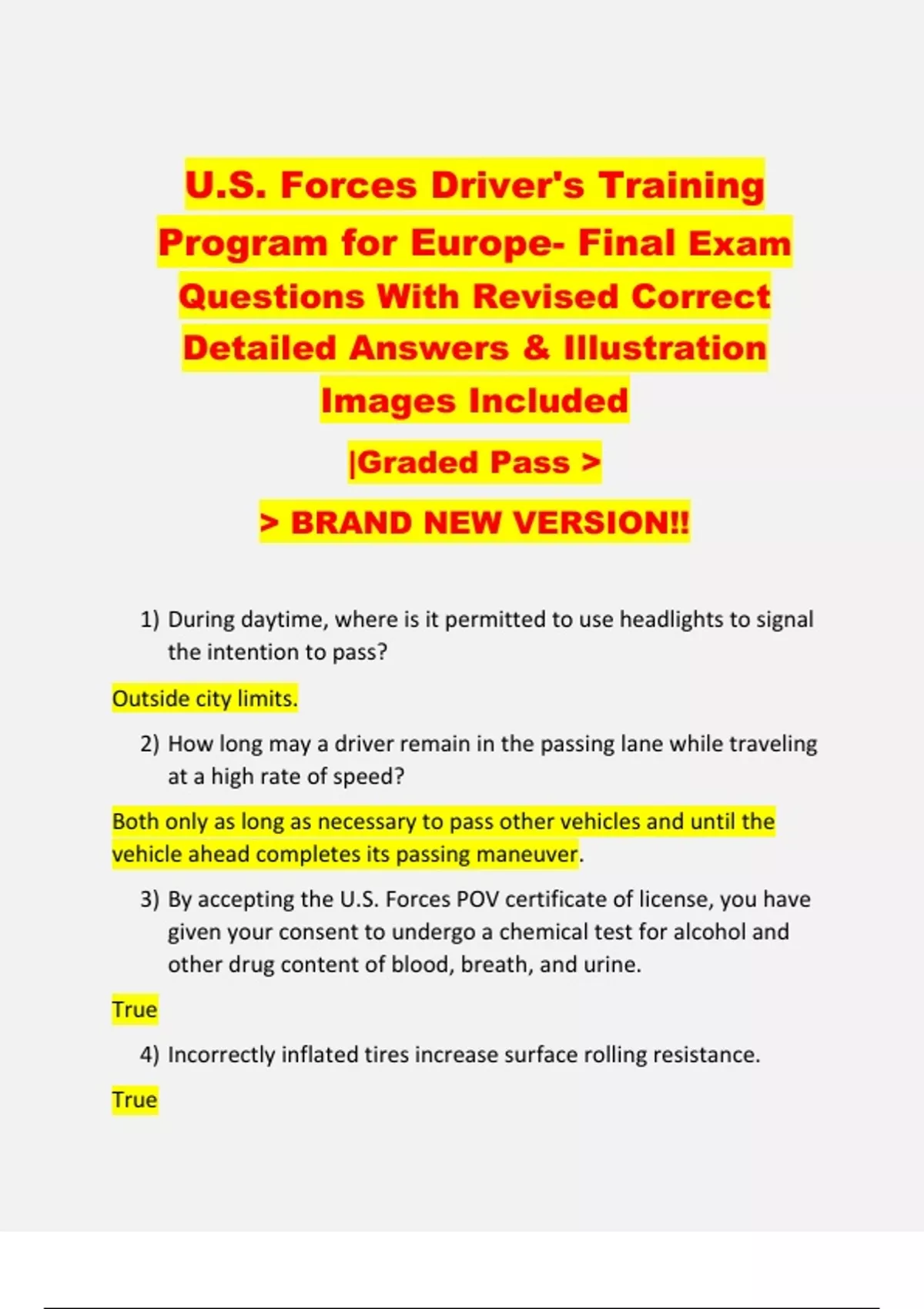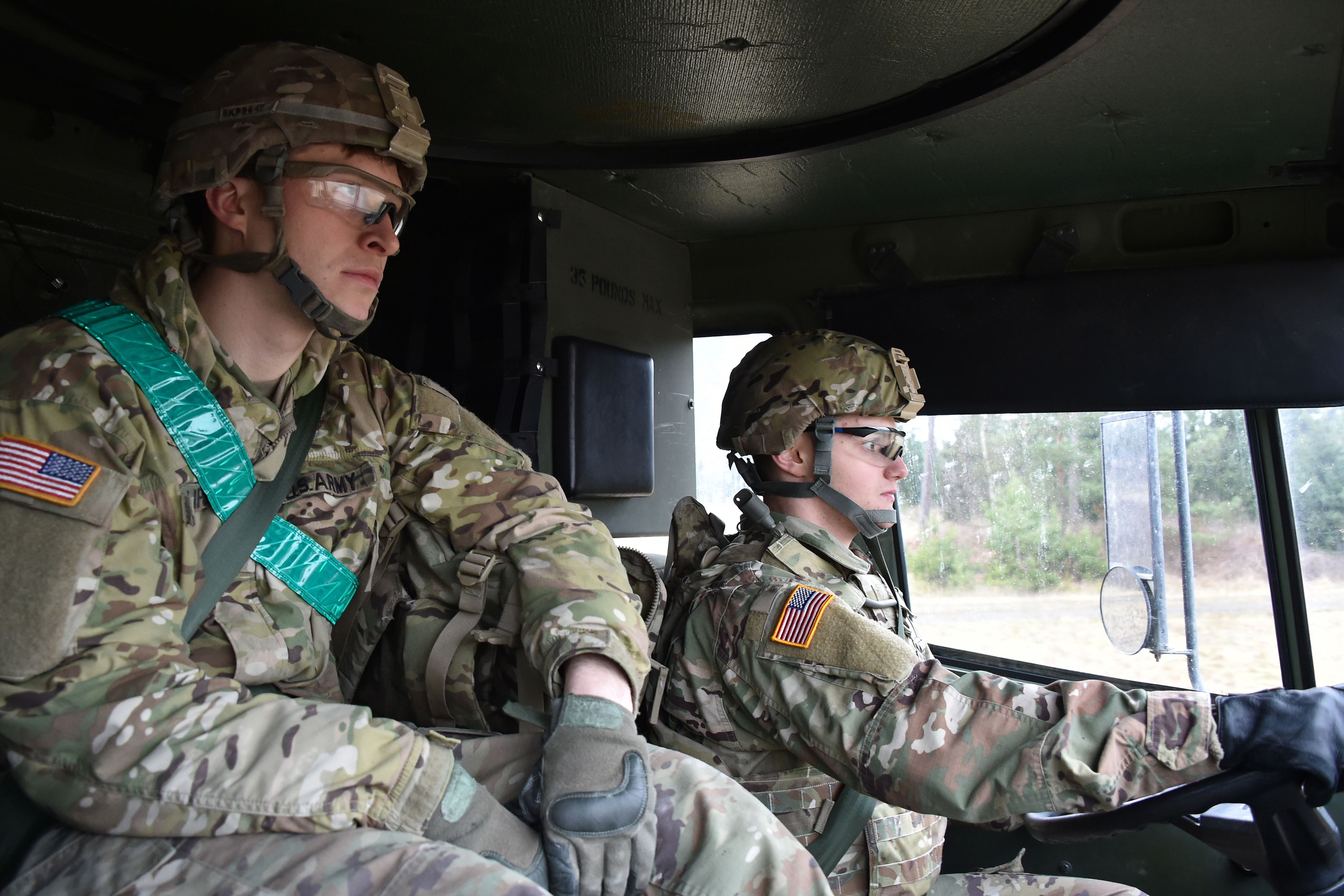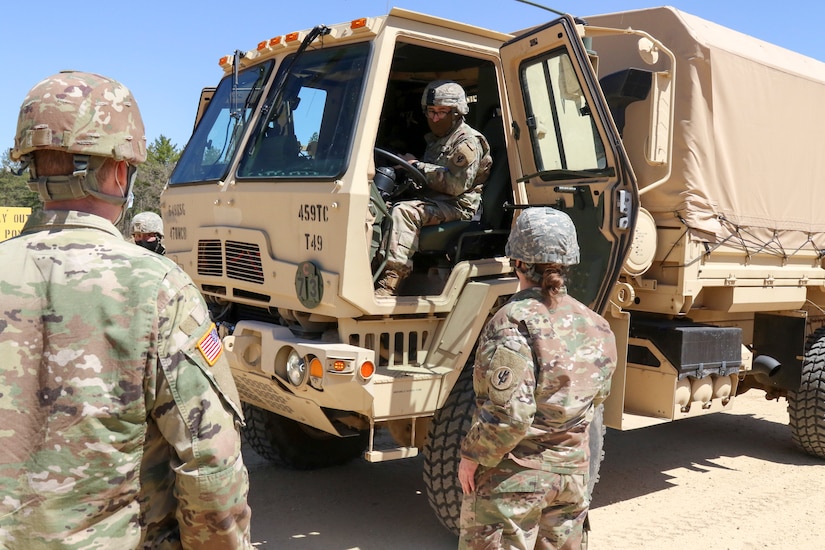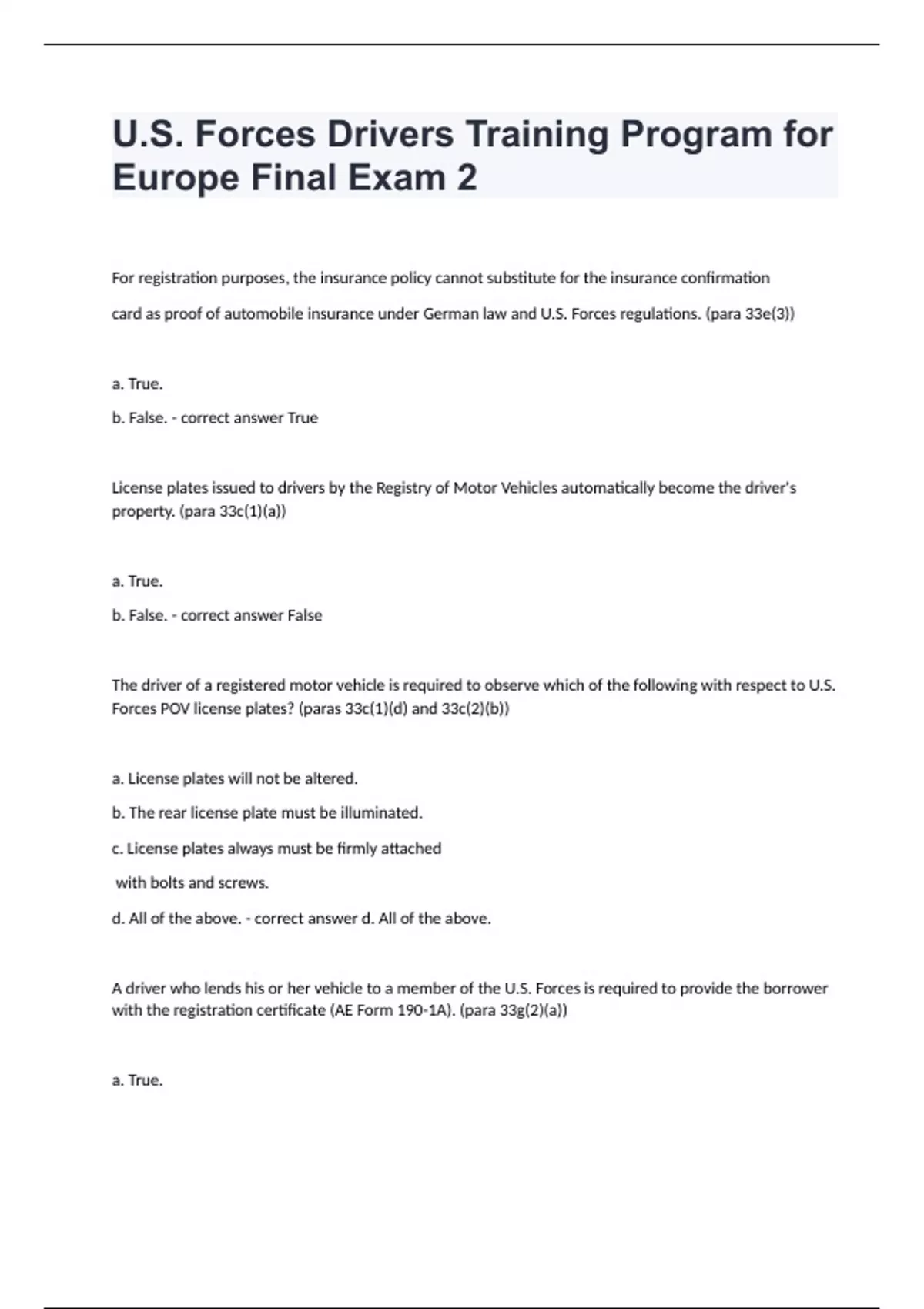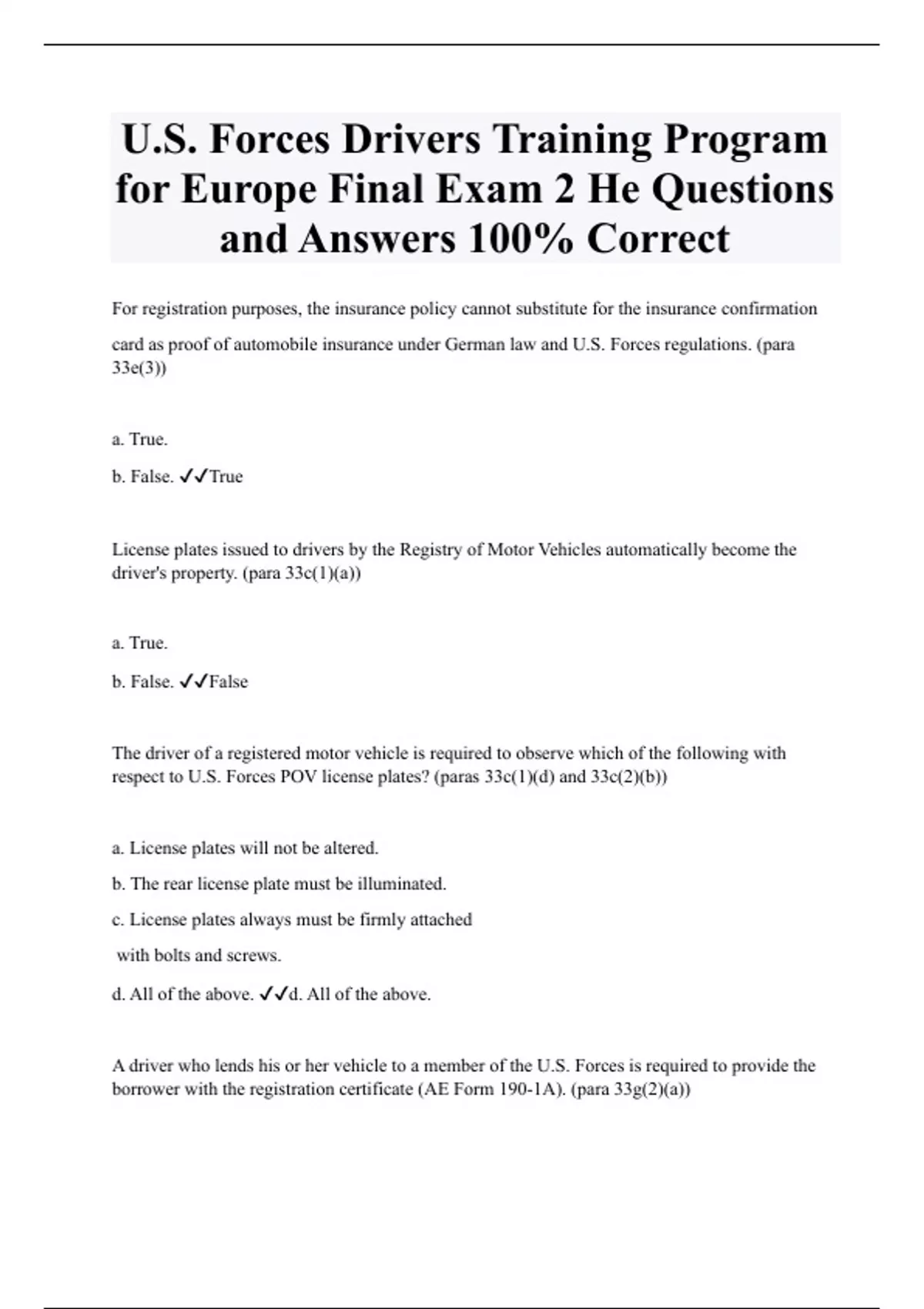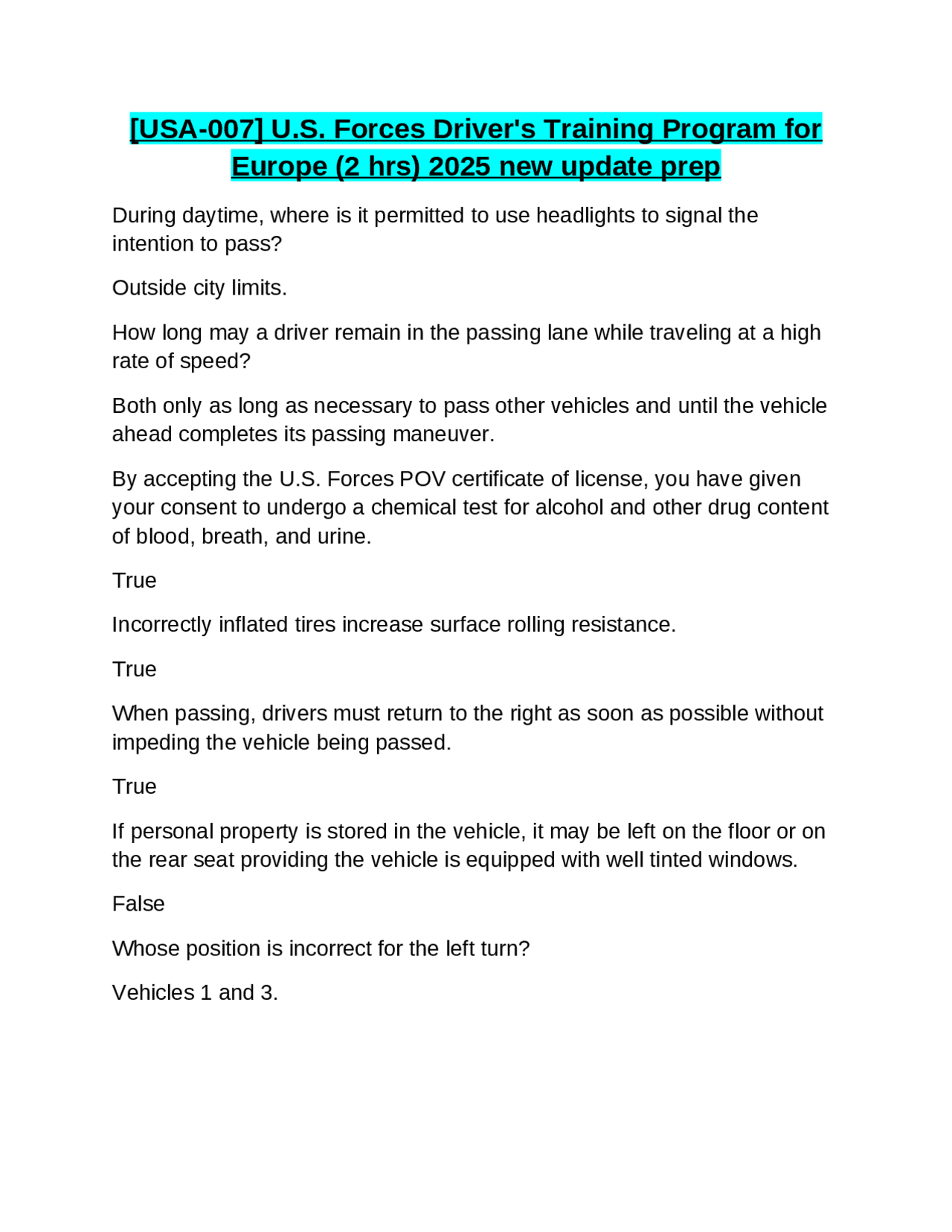U.s. Forces Driver's Training Program For Europe

The autobahn, ancient cobblestone streets, and a tapestry of unfamiliar road signs: navigating European roads presents unique challenges for U.S. service members stationed abroad. To mitigate risks and enhance safety, the U.S. Army in Europe and Africa is doubling down on its driver's training programs, recognizing the critical role proficient driving skills play in mission readiness and force protection.
The surge in driver training underscores the U.S. military's commitment to minimizing accidents, fostering responsible driving habits, and ensuring service members can safely operate vehicles in diverse European environments. This initiative encompasses enhanced classroom instruction, advanced driving simulations, and on-the-road training tailored to local traffic laws and conditions, ultimately aiming to reduce accidents and improve the operational effectiveness of U.S. forces.
Addressing a Critical Need: Reducing Accidents and Enhancing Readiness
Data from the U.S. Army Safety Center reveals a persistent concern regarding motor vehicle accidents involving service members stationed in Europe. These incidents not only pose risks to personnel but also impact operational readiness and strain resources.
The enhanced driver's training program is designed as a proactive measure to address these concerns directly. It focuses on preventative measures.
"Our goal is to equip every service member with the knowledge and skills necessary to navigate European roads safely and confidently," stated Colonel [Fictional Name], Commander of the [Fictional Unit] Transportation Battalion, in a recent press briefing.
Key Components of the Enhanced Training Program
The revamped driver's training program incorporates several key elements designed to provide comprehensive preparation for driving in Europe.
Classroom Instruction and Legal Framework
A significant portion of the training focuses on the intricacies of European traffic laws. This includes understanding speed limits (often in kilometers per hour), right-of-way rules, and regulations regarding alcohol consumption and driving.
Emphasis is placed on differences between U.S. and European driving laws. Service members learn about the unique aspects of the Vienna Convention on Road Traffic, the international treaty governing road traffic in many European countries.
The course also covers local regulations specific to the country of assignment. This granular approach ensures relevance and effectiveness.
Advanced Driving Simulations
Utilizing state-of-the-art driving simulators, the program provides realistic scenarios. Service members practice navigating challenging road conditions, adverse weather, and unexpected traffic situations without the risks associated with real-world driving.
These simulators can be programmed to replicate various European road layouts, including roundabouts, narrow village streets, and high-speed autobahns. The goal is to build confidence and quick reaction times.
The simulations also help service members develop defensive driving techniques. They learn to anticipate potential hazards and respond appropriately.
On-the-Road Training
Practical, on-the-road training is a crucial component of the program. Experienced instructors guide service members through real-world driving scenarios, providing personalized feedback and guidance.
This training includes navigating urban and rural roads. It also covers driving in various weather conditions, such as rain, snow, and fog.
"The on-the-road portion is where the classroom knowledge truly comes to life," explained Sergeant [Fictional Name], a certified driving instructor with the program.
Collaboration and Resource Allocation
The success of the driver's training program hinges on collaboration between various organizations. U.S. Army Europe and Africa works closely with host nation authorities, transportation experts, and safety professionals.
This collaboration ensures that the training program reflects the latest best practices in road safety. It also facilitates access to local resources and expertise.
Significant resources have been allocated to support the expansion of the program. This includes funding for new driving simulators, instructor training, and vehicle maintenance.
Challenges and Future Directions
Implementing such a comprehensive training program presents certain challenges. These include logistical considerations, language barriers, and ensuring all service members receive adequate training.
The program is constantly evolving to address these challenges. The Army is exploring the use of technology, such as virtual reality and augmented reality, to enhance the training experience.
Looking ahead, the U.S. Army in Europe and Africa plans to expand the program further. This includes incorporating advanced driving techniques, such as skid control and emergency braking, into the curriculum.
The Army is also exploring partnerships with civilian driving schools. The goal is to provide service members with access to a wider range of training resources.
The program aims to be more comprehensive and accessible in the future. It aims to meet the needs of all service members stationed in Europe.
Long-Term Impact on Force Protection and Mission Readiness
The enhanced driver's training program represents a significant investment in the safety and well-being of U.S. service members stationed in Europe. By equipping personnel with the skills and knowledge to navigate European roads safely, the program contributes directly to force protection and mission readiness.
Reducing accidents and improving driving habits will minimize disruptions to operations. It will also preserve valuable resources.
Ultimately, the goal is to create a culture of safety and responsibility among U.S. service members. This culture will extend beyond the roads and influence their overall performance and contributions to the mission.


